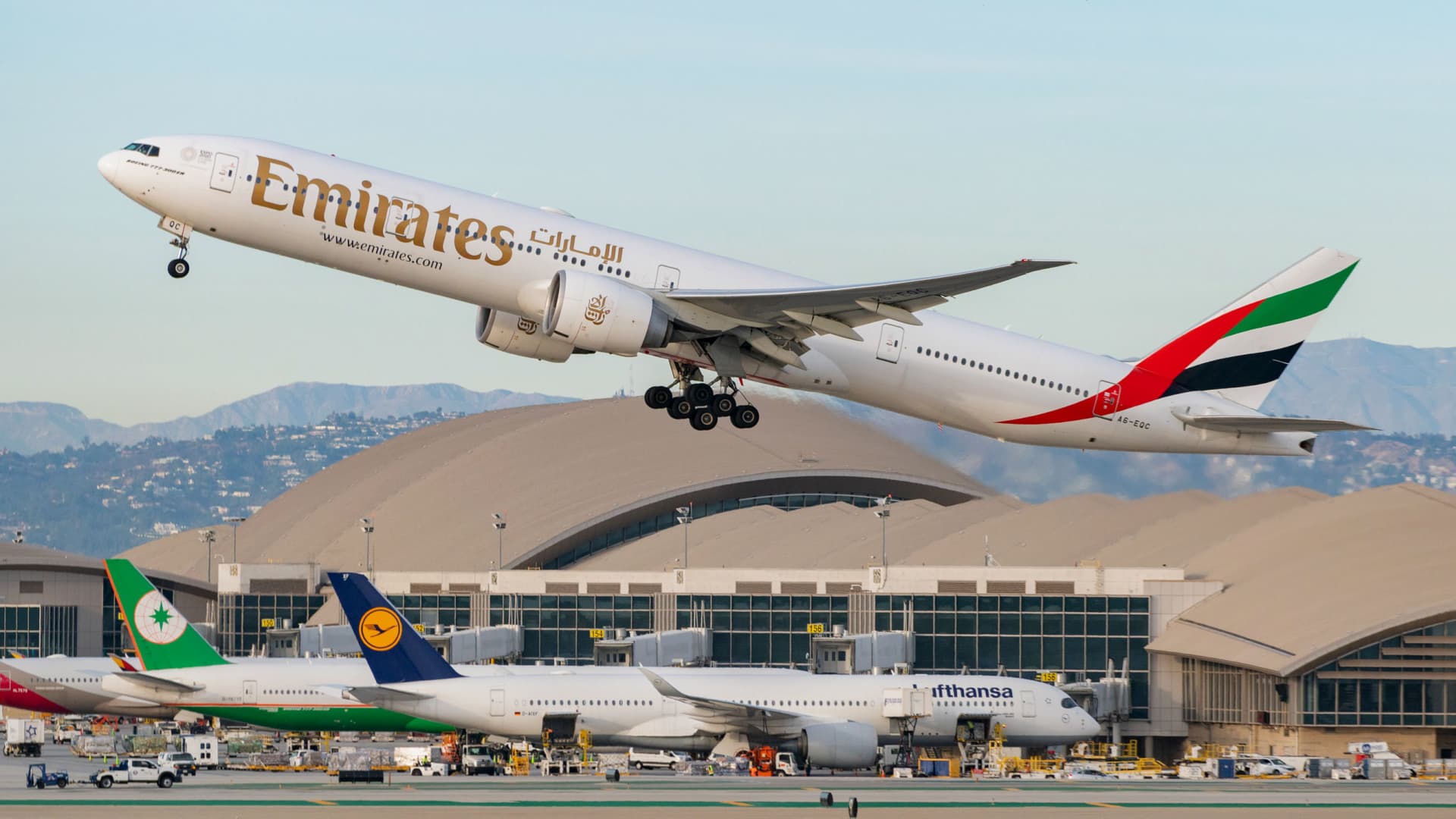
What is the environmental impact of aviation? Aviation significantly affects our planet. Airplanes contribute to climate change by emitting greenhouse gases like carbon dioxide and nitrogen oxides. These emissions occur at high altitudes, where they have a greater warming effect. Noise pollution from aircraft also disrupts wildlife and human communities near airports. Additionally, the production and disposal of aircraft materials can lead to resource depletion and waste. Efforts to mitigate these impacts include developing more fuel-efficient engines, using sustainable aviation fuels, and improving air traffic management. Understanding aviation's environmental footprint is crucial for creating a more sustainable future.
Key Takeaways:
- Aviation's carbon footprint is significant, contributing 2-3% of global CO2 emissions. Efforts like fuel-efficient aircraft and sustainable aviation fuels are being developed to reduce its environmental impact.
- In addition to carbon emissions, aviation also contributes to noise pollution and air quality issues. These impacts highlight the need for ongoing efforts to mitigate aviation's environmental footprint.
Aviation's Carbon Footprint
Aviation plays a significant role in global transportation, but it also has a notable environmental impact. Here are some key facts about aviation's carbon footprint.
-
Aviation contributes about 2-3% of global CO2 emissions. While this might seem small, it's significant given the rapid growth of air travel.
-
One long-haul flight can produce more CO2 than the average person in many countries generates in a year. This highlights the substantial impact of individual flights.
-
Aircraft engines emit not just CO2 but also nitrogen oxides (NOx), water vapor, and particulates. These emissions contribute to climate change and air quality issues.
-
Contrails formed by aircraft can exacerbate global warming. These ice crystal trails can trap heat in the atmosphere, adding to the greenhouse effect.
Noise Pollution from Aviation
Beyond carbon emissions, aviation also contributes to noise pollution, affecting communities near airports.
-
Aircraft noise can disrupt sleep and lead to health issues like hypertension. Constant exposure to loud noises can have long-term health consequences.
-
Noise pollution can impact wildlife, particularly birds. Loud aircraft sounds can interfere with their communication and breeding patterns.
Aviation's Impact on Air Quality
Air quality is another critical area affected by aviation. The emissions from aircraft can degrade the air quality around airports and beyond.
-
Airports are hotspots for air pollution due to aircraft and ground operations. This includes emissions from planes, ground vehicles, and airport infrastructure.
-
Particulate matter from aviation can contribute to respiratory issues. Fine particles can penetrate deep into the lungs, causing health problems.
Efforts to Mitigate Aviation's Environmental Impact
Despite the challenges, there are ongoing efforts to reduce aviation's environmental footprint.
-
The aviation industry is investing in more fuel-efficient aircraft. Newer models are designed to burn less fuel and produce fewer emissions.
-
Sustainable aviation fuels (SAFs) are being developed to reduce carbon emissions. These fuels are made from renewable resources and can significantly lower the carbon footprint of flights.
Final Thoughts on Aviation Environmental Impact
Aviation's environmental impact is a big deal. Planes contribute significantly to carbon emissions, affecting climate change. Noise pollution from airports disrupts local communities, while air quality around airports often suffers due to emissions. However, the industry isn't ignoring these issues. Airlines are investing in sustainable aviation fuels and more efficient aircraft to reduce their carbon footprint. Governments and organizations are pushing for stricter regulations and innovative solutions to mitigate these impacts.
Understanding these facts helps us appreciate the efforts being made and the challenges ahead. It's clear that balancing the benefits of air travel with environmental responsibility is crucial. As technology advances, we can hope for greener skies and quieter airports. Stay informed, support sustainable practices, and remember that every small effort counts in making a difference.
Frequently Asked Questions
Was this page helpful?
Our commitment to delivering trustworthy and engaging content is at the heart of what we do. Each fact on our site is contributed by real users like you, bringing a wealth of diverse insights and information. To ensure the highest standards of accuracy and reliability, our dedicated editors meticulously review each submission. This process guarantees that the facts we share are not only fascinating but also credible. Trust in our commitment to quality and authenticity as you explore and learn with us.


